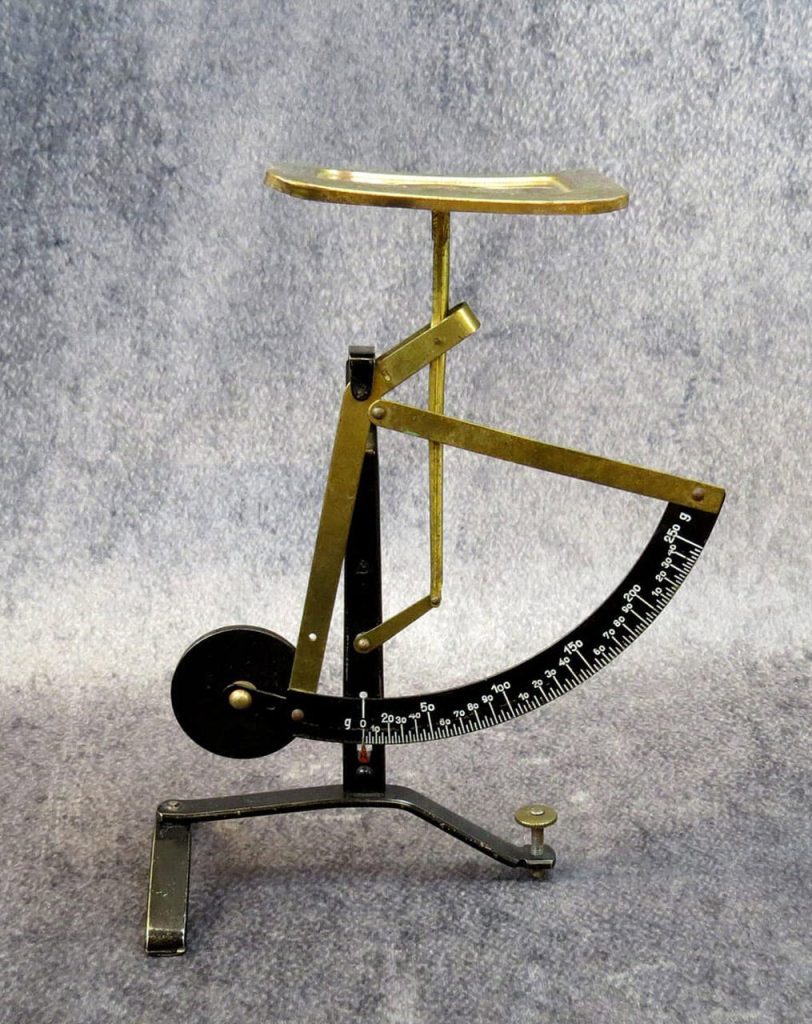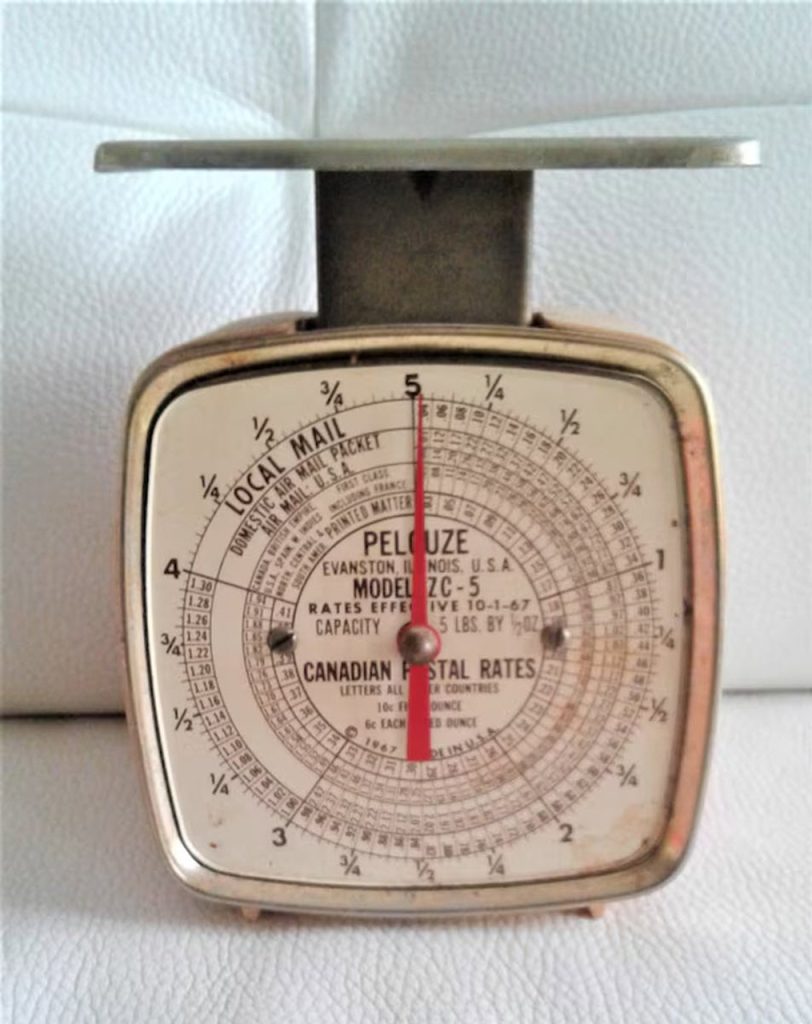As time passes, it feels like change is moving faster than ever. Yet, despite this rapid evolution, our fundamental need to communicate hasn’t changed, even though the way we do it has transformed significantly over the years.
Many people can still remember when making a phone call meant being tethered to the wall by a cord. Letters were the primary way to correspond, and if the recipient wasn’t available, there was no instant connection like we have today.
These days, communication is often just a text message or a social media DM away. Video calls have become the norm, and not being able to get ahold of someone can feel frustrating.
Over time, countless innovations have been hailed as groundbreaking, only to become relics of the past. This is especially true when looking back at the era when the Postal Service was the primary method for sending letters and packages regularly.

One cool innovation from the postal era was the postal scale—a crucial tool for calculating shipping costs based on the weight of letters or packages.
Before the rise of emails and text messages, the Postal Service was the main way to deliver mail. Postal scales relied on analog mechanisms, such as balances and springs, to determine the correct postage. While they weren’t always perfectly accurate, they got the job done well enough.
Today, postal scales are still in use, but they’ve become more advanced and digital. With precise electronic measurements, they provide a less personal, more automated experience at the post office.

While old postal scales may lack the accuracy of today’s models, they hold a unique charm and nostalgic value. These scales aren’t just practical tools—they’re also sought-after collector’s items. Many enthusiasts are willing to pay a high price to own a piece of this postal history.
If you come across a vintage postal scale, take a moment to appreciate its history and the important tasks it performed over the years. Although these items are no longer in everyday use, they serve as reminders of a bygone era that played a crucial role in communication.



